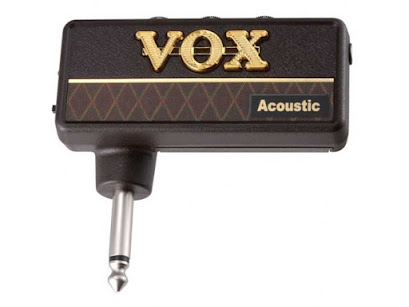What is the biggest challenge before most musicians, particularly those in earlier stages of honing their craft? Judging by most indications I have seen so far, it is the organization and adherence to daily practice. It is understandable - first, you have to figure out what needs to be done, then decide on how to schedule those topics, how long to say with them etc. With so many variables, no wonder a lot of people end up noodling instead of running a specific and targeted practice sessions.
Well, fortunately for us bassists there is a great way to overcome those obstacles. Jim Stinnett comes to rescue! Jim is a professor at Berklee College of Music, with decades of teaching practice and dozens of respectable alumni, who can attest to the success of his methodology. To get a glimpse of his approach to teaching bass you just need to visit his excellent Youtube channel Real Bass Lessons and peruse a couple hundred (!!!) tutorials he has there.
However, the main subject of this post is a phenomenal series of books Jim published, titled Daily Practice For Bass. As the title suggests, what we have here is an actual practice plan, laid out and organized for all those who are willing to dedicate 45 minuted of their day to follow the instruction. Stinnett has already done all the hard work, mentioned above, all you have to do it is follow the plan...simple as that!
Each book opens with a succinct explanation of how to use the material, then covers four weeks of practice, and includes all the main ingredients: technique, reading, harmony, ear training, fingerboard knowledge. And the brilliant thing is that all of them are presented through actual musical content - technique and fingerboard command are built via scales and arpeggios, ear training via transcription of music phrases, harmony via walking lines and basic chordal shapes, rhythm via Motown-type and funk grooves etc. To make everything even more fun and enjoyable, there are backing tracks to be downloaded from Stinnetts website, so you can hear the musical context for what you are doing.
Since the work is packed in daily sessions of 45 minutes, there is enough time left for other things you may wish to do on your instruments, whether it is jamming with your favorite songs, learning new ones, working on your tapping and slapping, or... In short - perfect solution!
OK, I would actually like if Jim had some sort of reading practice set for every single day, because in my opinion that segment cannot be skipped if one truly wants to have it down cold. But, let that be a subject for a later post.
Now, the nicest part is the price. At $18 per book/volume (plus shipping), it means you are only paying less than 65 cents per lesson! At the moment, Jim has 13 books out, so you have more than a year's worth of material, with guided practice method - step by step, day by day. What more can you ask for?










